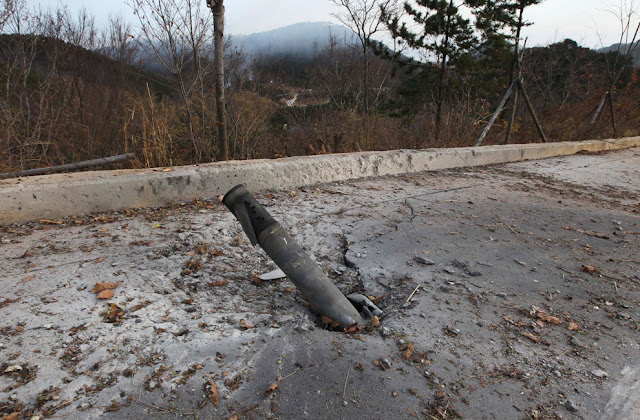For the past two years, I got the opportunity to tag along with Project Vortex 2, a $12,000,000 National Science Foundation and National Oceanic and Atmospheric Administration funded science mission to gather data on the origins of tornadoes. Being an avid weather nerd, storm chaser, and photographer, getting to document this was a dream come true; with 35 science vehicles and 80 scientists in addition to a good dozen media vehicles tagging along (MSNBC, The Weather Channel, The Discovery Channel, and an IMAX film crew, among others), this was the biggest severe weather research project in history and will likely remain so for a long time to come.
Shooting Vortex 2 was hard, whiteknuckle work. My driving total for both years was just under 30,000 miles traveled; most of it on long hauls to the days' targets, but also more miles than I want to recall driving under the kinds of sky-fists that make a man start thinking back to the legend of Damocles. This is probably the coolest science I've ever seen -- getting paid to chase storms, see tornadoes, and gather data that will be poured over in the coming decade and eventually save lives.
I probably shot nearly 20,000 photos covering Project Vortex 2 -- these are my favorite 25. It was hard to wheedle them down and I have a whole boatload of photos that barely missed the cut. I'll be posting more over the winter to keep the blog busy until next Spring's storm season. Enjoy!
Ryan McGinnis
























